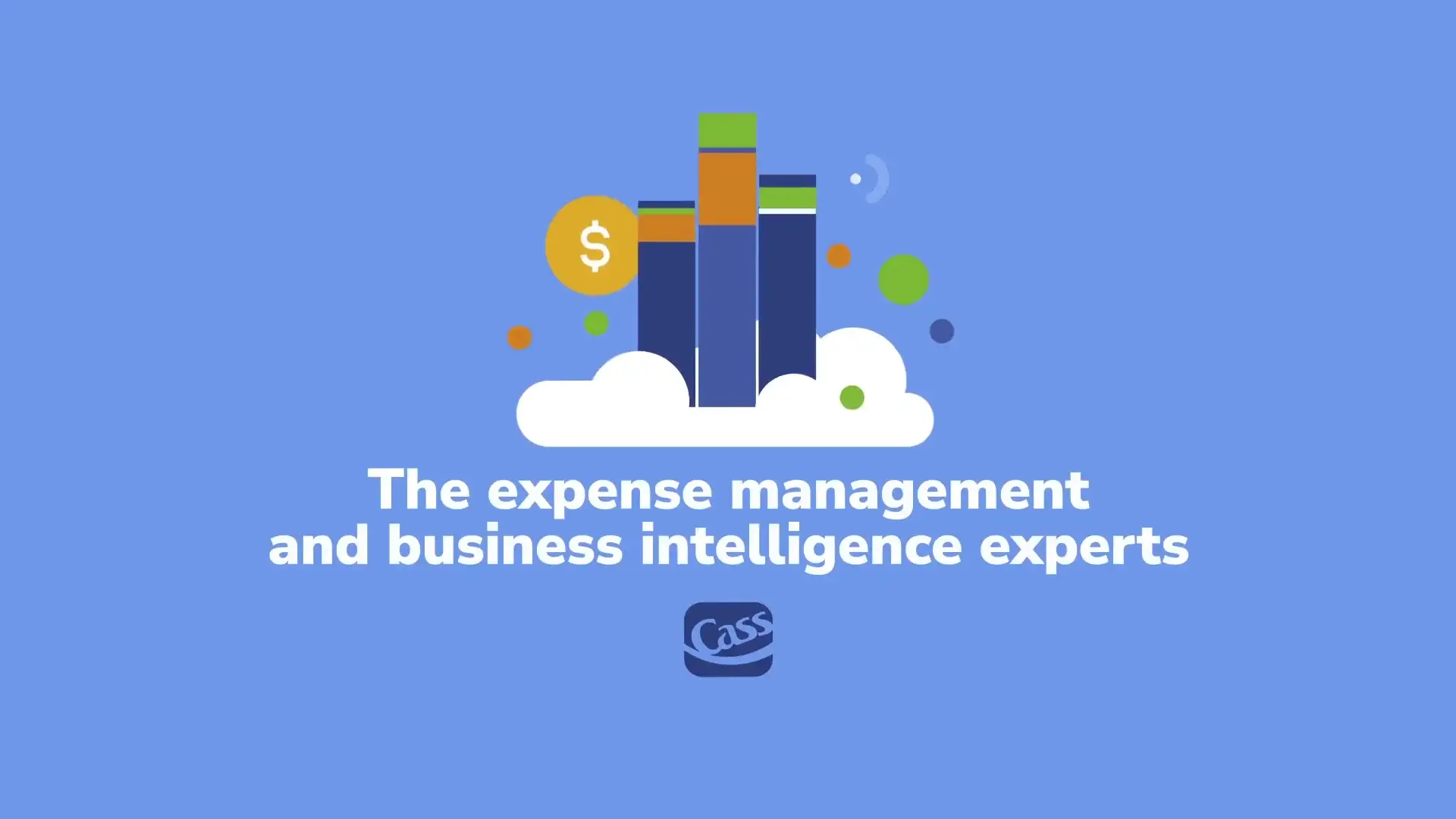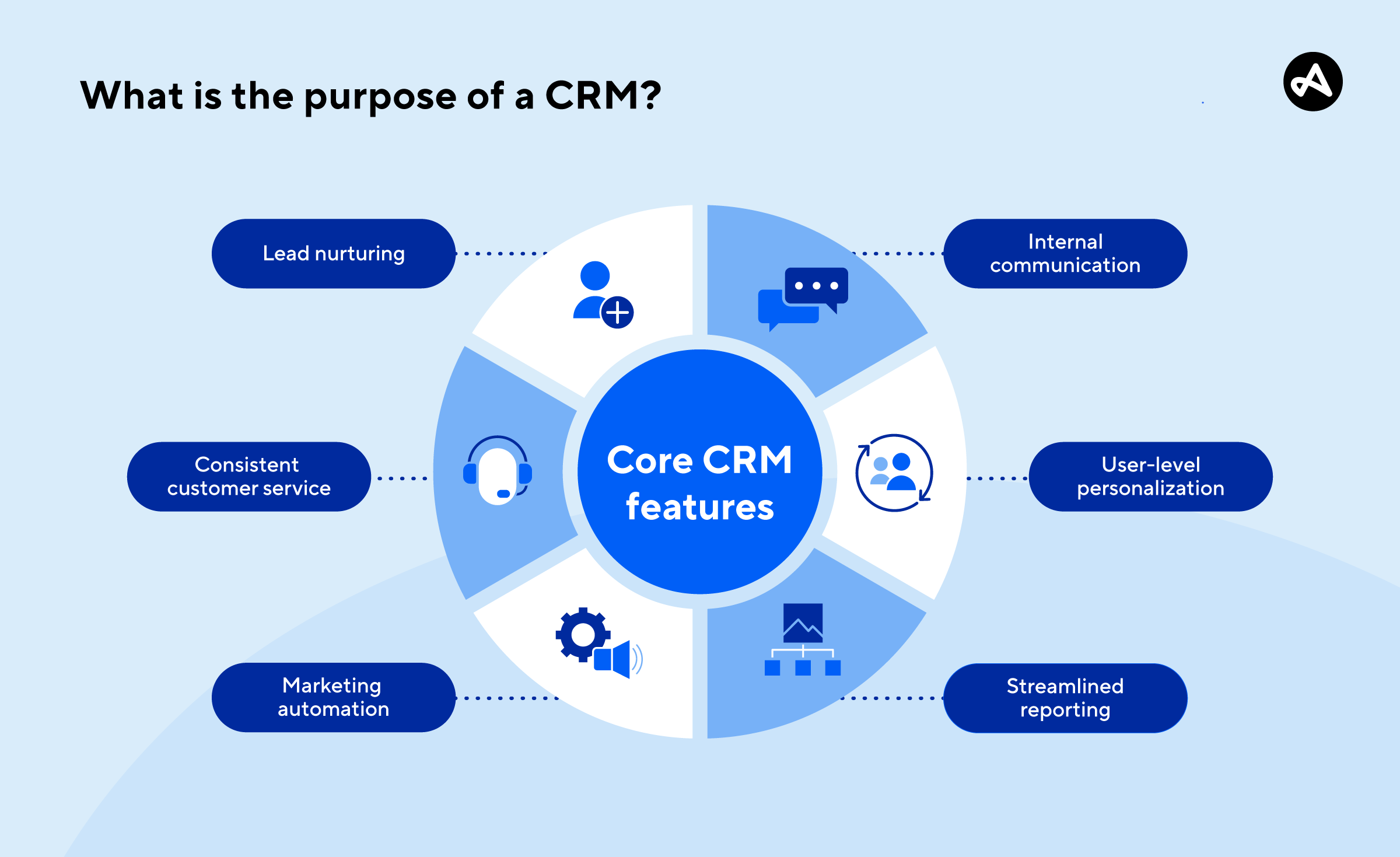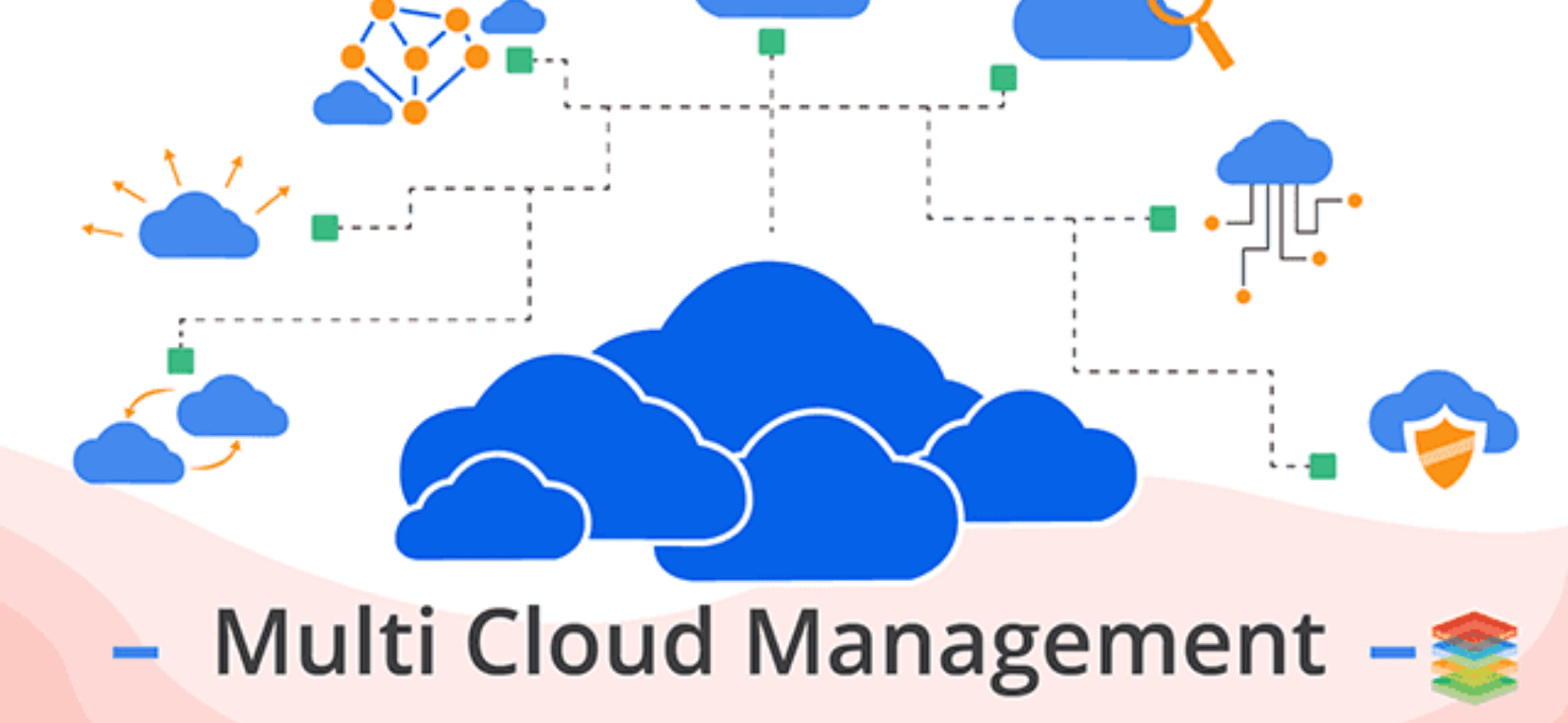What Is Online Asset Management?
Online asset management refers to digital platforms and services that help investors monitor, allocate, and grow their investment portfolios. These platforms often leverage automation, algorithms, and user-friendly interfaces to simplify decisions about stocks, bonds, ETFs, and other assets.
Why Choose Online Asset Management?
- Accessibility: Manage investments anytime, anywhere through websites or mobile apps.
- Lower Costs: Reduced fees compared to traditional financial advisors.
- Automated Features: Robo-advisors provide portfolio rebalancing and tax-loss harvesting.
- Transparency: Real-time portfolio tracking and performance metrics.
- Educational Resources: Many platforms offer tutorials, webinars, and tools tailored for beginners.
Popular Types of Online Asset Management Platforms
| Platform Type | Features | Suitable For |
|---|---|---|
| Robo-Advisors | Algorithm-driven portfolio management | Beginners seeking hands-off investing |
| Brokerage Firms | Full trading capabilities and research tools | Investors who want control and options |
| Hybrid Services | Combines robo-advisor with human advice | Those wanting some personal guidance |
| Micro-Investing Apps | Enables investing small amounts, often rounded-up change | Budget-conscious beginners |
Key Steps for First-Time Investors
1. Define Your Investment Goals
Are you saving for retirement, a home, or education? Understanding your time horizon and risk tolerance will guide asset allocation.
2. Choose the Right Platform
Compare fees, minimum investment requirements, available assets, and customer support.
3. Start with Diversified Portfolios
Opt for ETFs or managed portfolios to spread risk across various asset classes.
4. Monitor and Rebalance
Use the platform’s tools to periodically review your portfolio and adjust allocations as needed.
5. Educate Yourself Continuously
Leverage blogs, webinars, and courses offered by platforms to improve your investing knowledge.
Average Fees of Various Online Asset Management Platforms
| Platform Type | Average Annual Fee (%) |
|---|---|
| Robo-Advisors | 0.25 – 0.50 |
| Full-Service Brokers | 0.75 – 1.5 |
| Hybrid Services | 0.50 – 1.0 |
| Micro-Investing Apps | 0 – 0.25 |
Risks and Considerations
While online asset management offers convenience, first-time investors should be aware of:
- Market volatility impacting portfolio value
- Potential cybersecurity risks—always use platforms with strong protections
- Over-reliance on automation—understanding investments remains crucial
Conclusion: Empower Your Financial Future
For first-time investors, online asset management platforms offer an ideal blend of ease, affordability, and sophistication. By starting with clear goals and selecting the right platform, you can build a diversified portfolio that grows with you—making your entry into investing smooth and confident.








